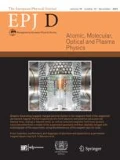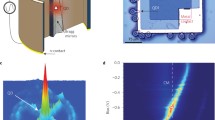Abstract:
We examine the problem of efficiently collecting the photons produced by solid-state single photon sources. The extent of the problem is first established with the aid of simple physical concepts. Several approaches to improving the collection efficiency are then examined and are broadly categorized into two types. First are those based on cavity quantum dynamics, in which the pathways by which the source may emit a photon are restricted, thus channeling emission into one desired mode. Second are those where we try to reshape the free space modes into a target mode in an optimal way, by means of refraction, without fundamentally altering the way in which the source emits. Respectively, we examine a variety of microcavities and solid immersion lenses. Whilst we find that the micropillar microcavities offer the highest collection efficiency (∼70%), choosing this approach may not always be appropriate due to other constraints. Details of the different approaches, their merits and drawbacks are discussed in detail.
Similar content being viewed by others
Author information
Authors and Affiliations
Additional information
Received 19 July 2001 and Received in final form 5 October 2001
Rights and permissions
About this article
Cite this article
Barnes, W., Björk, G., Gérard, J. et al. Solid-state single photon sources: light collection strategies. Eur. Phys. J. D 18, 197–210 (2002). https://doi.org/10.1140/epjd/e20020024
Issue Date:
DOI: https://doi.org/10.1140/epjd/e20020024




